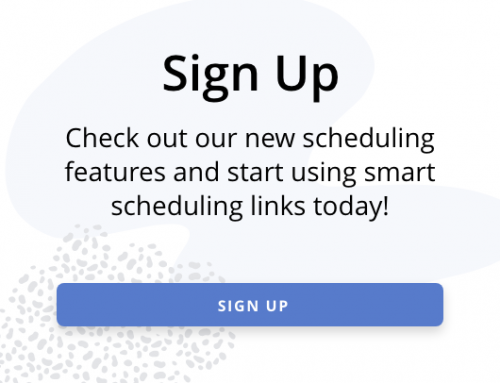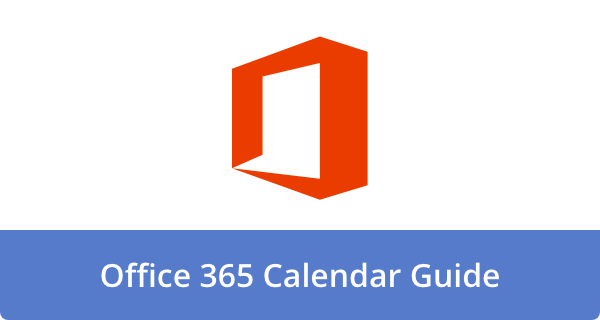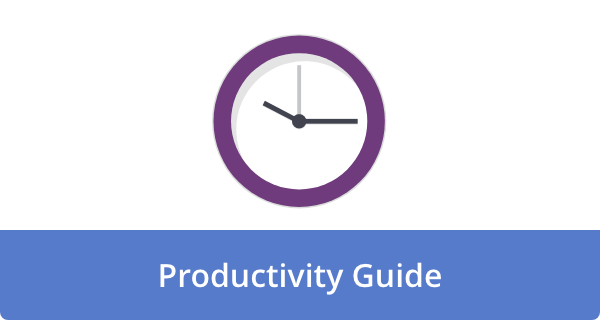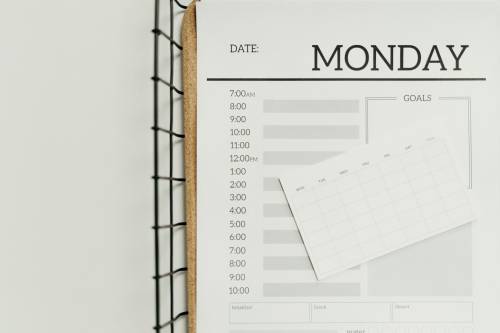

With the hustle and bustle of modern work culture, where productivity is glorified, it’s easy to forget one crucial truth: doing less can sometimes lead to greater success. In the summertime, however, you can reset, refresh, and rethink how you approach your workday.
One of the most effective yet underrated strategies? Taking intentional breaks. Or, as we call it, “The Power of the Pause.”
Why Pausing Matters
According to research, our brain is not wired for continuous focus. Unless we give ourselves time to rest, we will develop cognitive fatigue, which will lead to diminished creativity, poor decision-making, and ultimately, burnout. By taking strategic pauses, the brain can switch to a more relaxed state, which not only restores mental energy but also fosters creative “aha!” moments.
In the summer, when days are longer and leisure is more natural, restorative breaks are ideal.
The Science Behind the Break
When we step away from intense focus, the default mode network (DMN) is activated in the brain. Problem-solving, daydreaming, and imagination are all associated with this network. In the DMN, seemingly disconnected ideas can merge, bringing new insights and creative breakthroughs to light.
In simpler terms, your best ideas often arise when you’re not actively searching for them — when you’re walking, relaxing, or just letting your mind wander. Because of this, intentional pauses can be as useful as actual work.
Are You Due for a Summer Pause? Recognizing the Signals
Often, we ignore the subtle and not-so-subtle warnings that our minds and bodies need a break in our fast-paced world. In the workplace, we often wear our exhaustion as a badge of honor, but this attitude is detrimental to our well-being and productivity in the long run. These are common indicators that your summer pause is overdue:
- Mental fog or difficulty concentrating. How often do you find yourself rereading sentences or staring blankly at your screen, unable to focus?
- Increased irritability or impatience. Are you more easily irritated by small frustrations? Is it common for you to snap at colleagues or family members?
- Persistent creativity blocks. Do you find it challenging to come up with new ideas or find solutions to problems that once seemed obvious?
- Physical symptoms of strain: Headaches, eye strain, muscle tension, or even a persistent feeling of being “wired but tired” are all signs that your body is under stress.
- Diminished enjoyment in your work. When your passion and enthusiasm for your job wane, it’s a sign you need to recharge.
This isn’t a sign of weakness; rather, it’s your body and mind telling you that it’s time to take a step back, recharge, and reset.
Strategic Summer Break Ideas: Making the Most of Your Pause
When you take a break, you shouldn’t be idle. Instead, you should engage in activities that will truly restore you. It’s all about being intentional. When used wisely, even short pauses can significantly boost your energy, spark new ideas, and prevent burnout. The following break ideas are practical, summer-friendly, and can be seamlessly incorporated into your workday;
The micro pause (2-5 minutes): Instant refreshers.
You can use these short bursts of disengagement to reset your mind throughout the day.
- Step outside. Taking a quick walk around the block, stepping onto a balcony, or simply standing near an open window is enough to refresh your senses. You can improve your mood with a breath of fresh air and a change of scenery.
- Mindful breathing. Practice deep, conscious breathing for a few minutes. Focus and calm can be achieved quickly with box breathing (inhale for four, hold for four, exhale for four).
- Stretch or move. Do a few gentle neck stretches, stretch your arms overhead, and roll your shoulders. Mental strain can be alleviated by releasing physical tension.
- Hydrate. Drink some water, or even better, iced tea or sparkling water with lemon slices. Sometimes, all you need is a quick boost of hydration.
The midday reset (15-30 minutes): Deeper recharge.
Taking longer breaks allows for more significant mental and physical shifts, which is perfect for breaking up your daily schedule.
- Nature break. Whether it’s a park, a garden, or even a tree outside your office, find a place where you can see green. Simply sit there, observe your surroundings, and exist. Nature has consistently been shown to decrease stress, improve mood, and enhance cognitive abilities.
- Creative play. Take part in an activity that requires a different part of your brain from your work. It could be sketching, doodling, playing an instrument, assembling a small puzzle, or even just listening to music. Engagement without pressure is the goal.
- Read for pleasure. Enjoy a chapter of a novel, a magazine article, or anything else that takes your mind off work.
- Prepare a healthy snack. Prepare a healthy snack that you will enjoy. Taking the time to prepare something for yourself can be very calming.
The extended pause (1-2 hours): Comprehensive rejuvenation.
In the summer, a longer break can be especially beneficial if your schedule permits.
- Summer socials. Get together with a friend for lunch, an iced coffee, or even a short walk. Social interaction boosts mood and can provide a fresh perspective, often sparking creative thoughts.
- Active movement. Consider swimming, riding a bike, walking, or hiking. Exercise combined with time outdoors reduces stress, clears your head, and stimulates creative thinking. These activities can have a meditative quality due to their rhythmic nature.
- Visit a local attraction. Take an hour to explore a museum, botanical garden, or historical site if you live nearby. It can be extremely refreshing to change environments and be exposed to new stimuli.
- Practice a hobby. Spend this time working on something you are passionate about, such as gardening, painting, photography, or writing for pleasure.
Making Breaks a Sustainable Habit: From Intention to Integration
Incorporating strategic pauses isn’t as challenging as understanding their benefits; it’s implementing them consistently. Without a solid plan, good intentions often fall by the wayside. Here are some tips for integrating strategic pausing into your summer work schedule;
- Schedule your breaks. Breaks shouldn’t be left to chance. Give them the same importance as any other meeting or deadline. Schedule them when it’s time to take a break, set an alarm, or use a productivity app such as the Pomodoro Technique (25 minutes of work, five minutes rest).
- Shift your mindset. This is perhaps the most crucial step. Don’t view breaks as a sign of weakness, slacking off, or wasting time. Think of them instead as essential productivity tools. When the mind is rested, it’s sharper, more productive, and more resilient. As such, be proactive about your work by stepping away from it.
- Set clear boundaries. Let your team and colleagues know when you are taking a break. Whenever you are unavailable, let them know and encourage them to take their breaks. As a result, you contribute to a work culture where stepping away is embraced and actively encouraged.
- Start small. Try starting with micropauses if carving out an hour seems impossible. When building a new habit, consistency is more important than duration.
The Creative Edge of Rest: Lessons from the Masters
Pause has been advocated by some of the world’s most innovative thinkers. It is said that Einstein discovered key ideas while playing the violin. To spark creative thinking, Steve Jobs often took long walks. The common thread? They understood that creativity doesn’t always take place at work.
Slowing down in summer allows your mind to wander, make connections, and find solutions you’d otherwise miss in a constant hustle.
Tips for a Truly Effective Digital Detox During Your Pauses
When taking pauses, it’s crucial to minimize distractions, especially digital ones. The goal is to disengage from work-related stimuli completely.
- Leave devices behind. Go screen-free for at least part of your break. Don’t check your emails, scroll through social media, or even listen to work-related podcasts.
- Engage all your senses. Engage your other senses instead of relying on visual stimulation from screens. Enjoy the sounds around you — birds chirping, distant traffic hums, and a favorite piece of music. Enjoy the warmth of the sun or the cool breeze. Drink a refreshing drink or enjoy a seasonal fruit.
- Practice presence. Don’t multitask or mentally plan your next work task. Allow yourself to immerse yourself in the present moment fully. You should gently guide your mind to your present experience if it wanders back to work.
Wrapping Up: Pause to Propel Forward
In a culture that often celebrates constant action, taking a strategic pause can seem counterintuitive. Intentional rest, however, enables fresh ideas, renewed energy, and sustained productivity.
Let yourself pause this summer. These breaks, whether they last five minutes or an afternoon, are essential to thriving at work and in life. Allow the power of the pause to fuel your creativity and prevent burnout this season. Taking a step back, breathing deeply, and allowing inspiration to find you might help you produce your best work.
FAQs
Is taking breaks just procrastination?
Not at all.
In the long run, strategic breaks can boost productivity, enhance creativity, and improve focus. Taking pauses helps restore cognitive function, preventing mental fatigue and burnout. When you take the time for maintenance, you become more effective.
How often and how long should my breaks be?
You can start with the Pomodoro Technique (25 minutes of work, 5 minutes of rest), taking a longer 15-30 minute break after each cycle. When you feel your focus slipping, irritability rising, or a mental block, pause. Micro-pauses can be frequent, but longer breaks (15-60 minutes) are beneficial once or twice a day.
What makes a break effective?
An effective break involves disengaging from work mentally. You should avoid screens, emails, or work planning. It’s better to engage in activities that;
- Shift your brain’s focus. Hobbies include creative arts, music, and reading for pleasure.
- Involve physical movement. Light exercise, such as walking and stretching.
- Connect you with nature. Take a stroll outside and observe the greenery.
- Promote mindfulness. Take a deep breath and reflect quietly.
- Include positive social interaction. Having a short chat with a friend or colleague. Your goal is to shift your attention and allow your mind to truly reset.
How can I take breaks if my workplace doesn’t encourage them, or I feel too busy?
You should start small. Even micro-pauses of two to five minutes can be helpful. If necessary, schedule them as “personal refreshes”. By demonstrating improved productivity and reduced stress, others may follow your lead. It’s a professional strength to prioritize your well-being.
Can breaks really prevent burnout?
Yes, strategic breaks can prevent burnout. When a person is stressed and exhausted over an extended period, burnout occurs. By taking regular breaks, you allow your body and mind to rest and recharge, stopping chronic stress from building up. As a result, you will be able to maintain your productivity and well-being over the long run.
Image Credit: Adrienn; Pexels











John Rampton
John’s goal in life is to make people’s lives much more productive. Upping productivity allows us to spend more time doing the things we enjoy most. John was recently recognized by Entrepreneur Magazine as being one of the top marketers in the World. John is co-founder of Calendar.